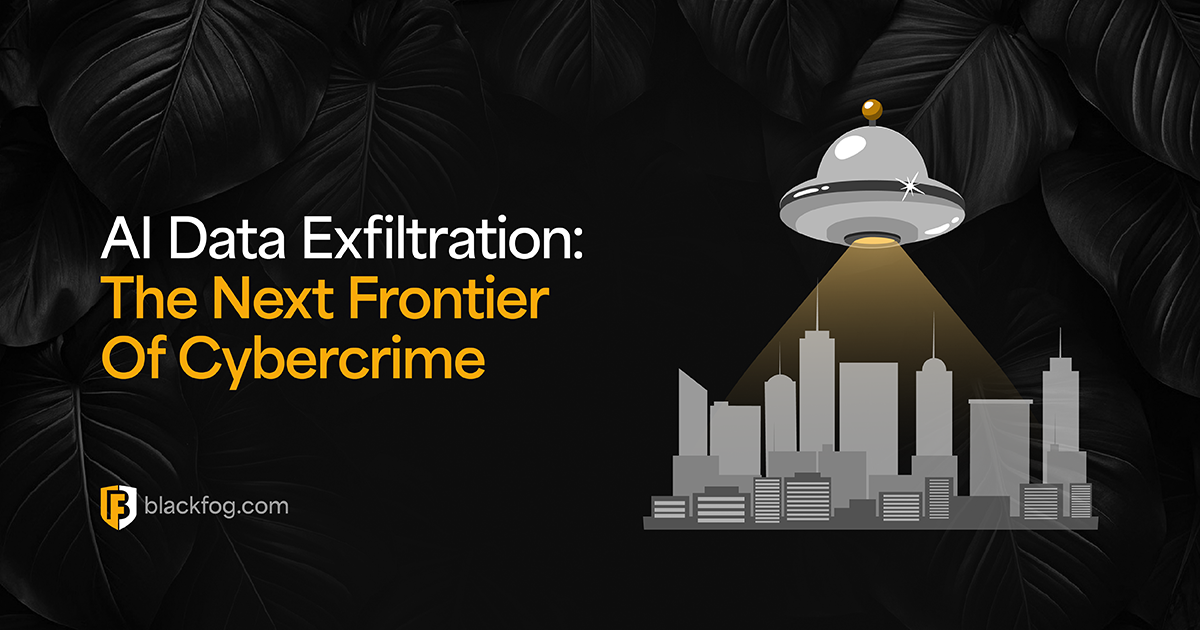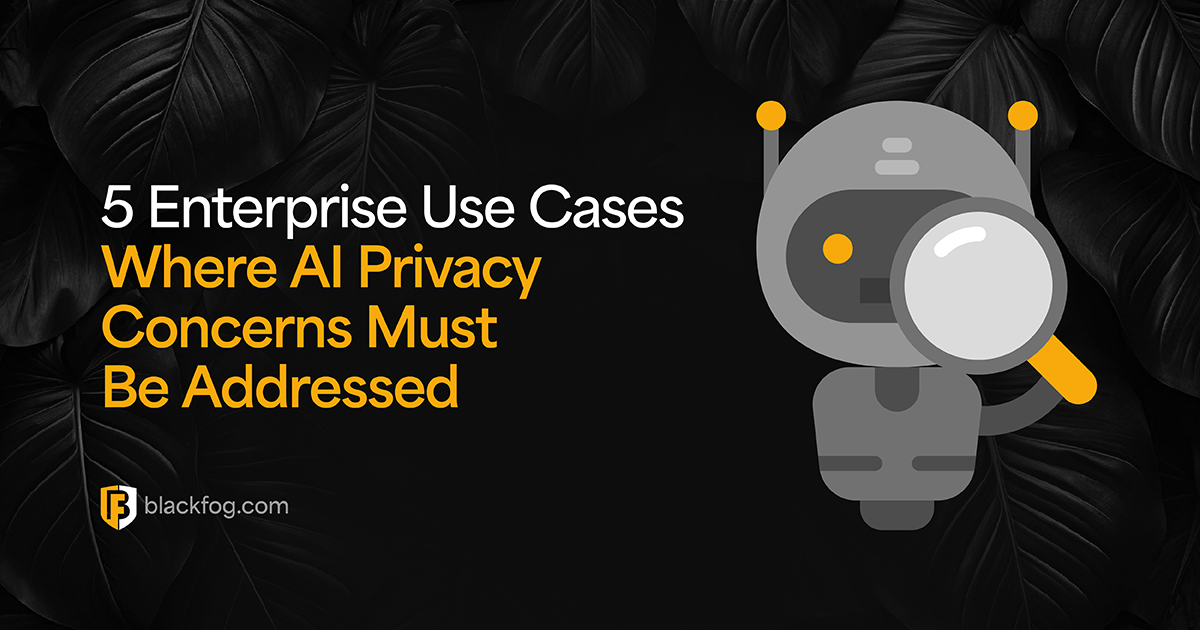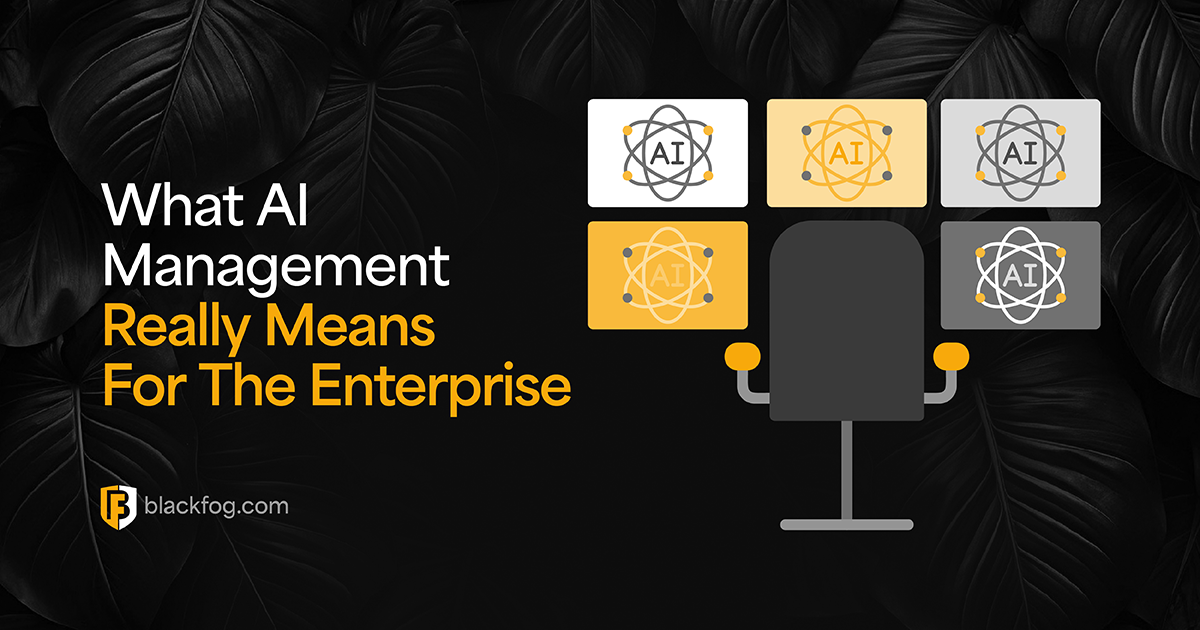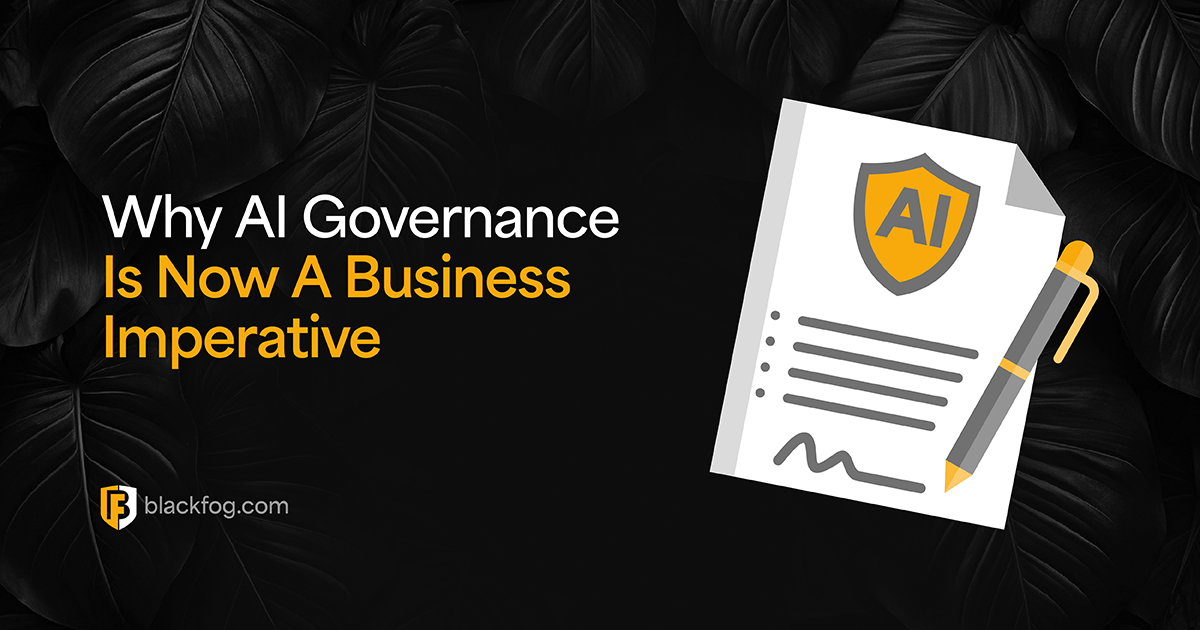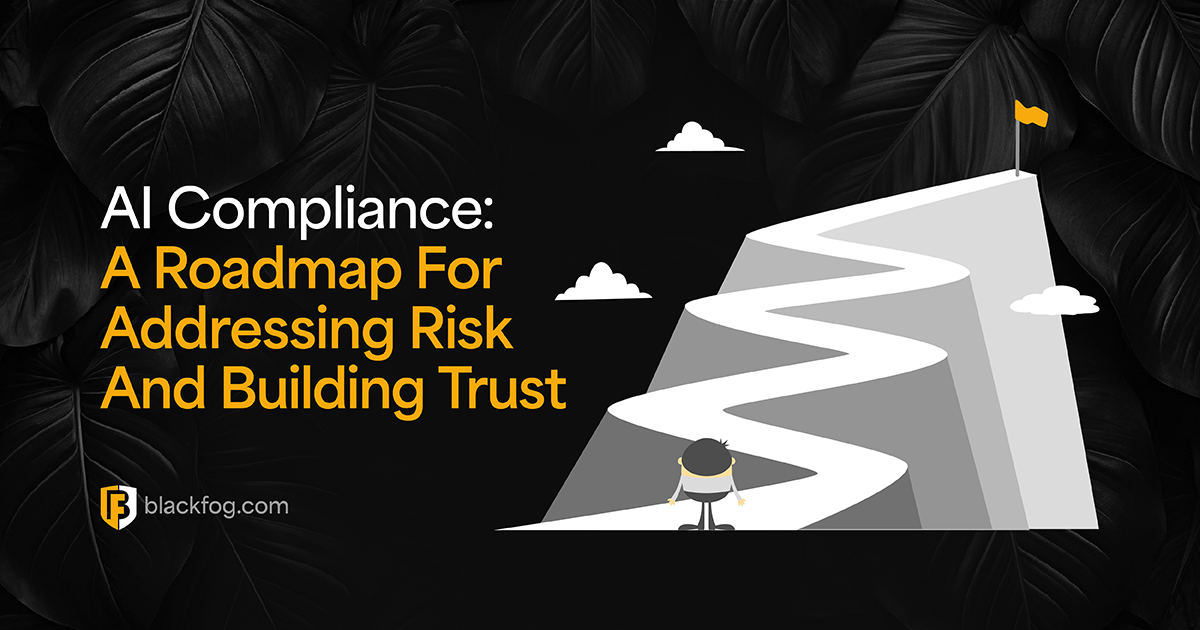
As initially reported on The Intercept, GCHQ (the UK Governments equivalent of the NSA) and the NSA were able to hack Kaspersky Software’s ant-virus software to track users and infiltrate networks. This information comes directly from documents released by Edward Snowden.
The hacked software was then used to monitor email and web traffic to obtain intelligence. The most interesting part of this story from BlackFog’s perspective is the way the software was hacked was to monitor the traffic originating from the end users computer and Kaspersky servers. Most anti-virus tools collect a lot of information on your computer and send it back to their central servers. This information contains uniquely identifiable data that can be used to track exactly who this user is and what they are up to.
Rest assured, this is precisely why BlackFog does not collect information on your computer and send it back to our networks and one of the founding principles we use to keep your computer secure.
For a more detailed report on this privacy breach please refer to the article below.
Click here for the full article as reported on The Intercept.
Share This Story, Choose Your Platform!
Related Posts
AI Data Exfiltration: The Next Frontier Of Cybercrime
How are cybercriminals using AI data exfiltration to enhance their ransomware attacks and what must businesses do to counter these threats?
5 Enterprise Use Cases Where AI Privacy Concerns Must Be Addressed
AI privacy concerns are rising with AI adoption - five use cases highlight the key issues businesses must consider.
What AI Management Really Means For The Enterprise
Ongoing AI management is essential in maintaining compliance in a challenging environment. Here's what businesses need to consider.
AI Security Risks Every Business Must Know About
AI Security Risks are growing as AI embeds in business. What key threats must firms address to stay compliant with data regulations?
Who’s Really In Charge? Why AI Governance Is Now A Business Imperative
Find out why a strong AI governance program will be essential if enterprises are to make the best use of the highly in-demand technology.
AI Compliance: A Roadmap For Addressing Risk And Building Trust
AI compliance is set to be a major focus for businesses in the coming year. Here's what you need to know to make this as easy as possible.

